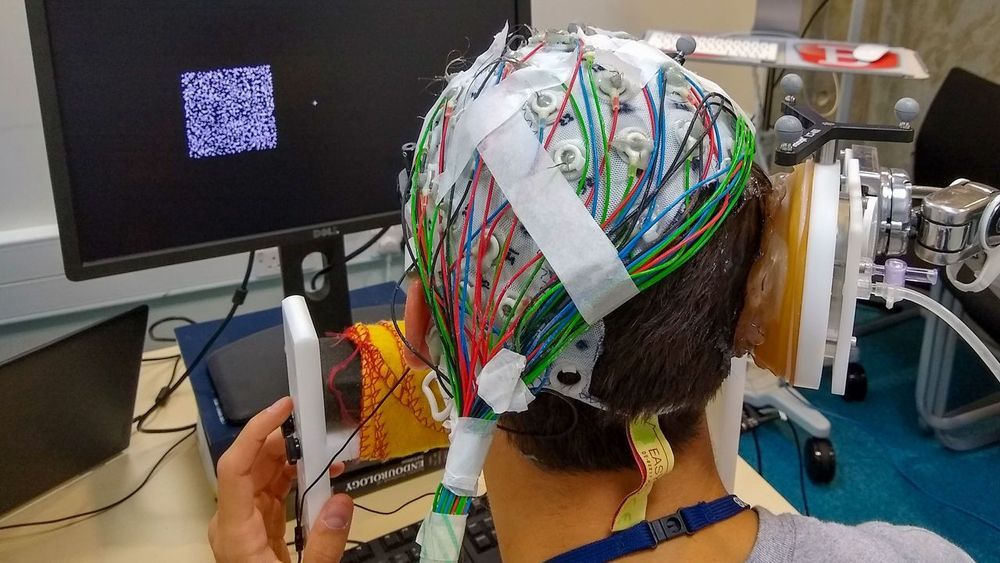The ambitious rocket, designed to send the first humans to Mars and establish a city, is taking shape.


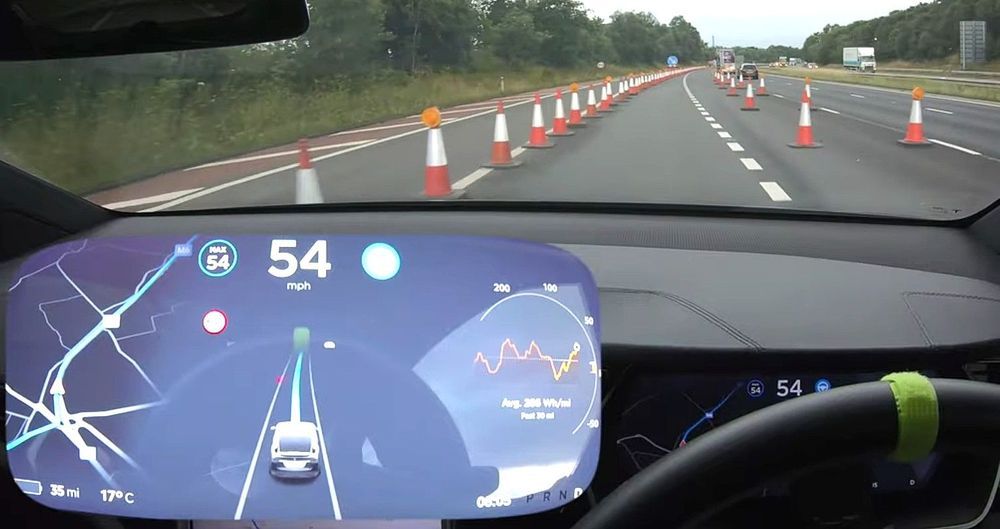
Tesla’s Full Self-Driving suite continues to improve with a recent video showing a Model 3 safely shifting away from a makeshift lane of construction cones while using Navigate on Autopilot.
Tesla owner-enthusiast Jeremy Greenlee was traveling through a highway construction zone in his Model 3. The zone contained a makeshift lane to the vehicle’s left that was made up of construction cones.
In an attempt to avoid the possibility of any collision with the cones from taking place, the vehicle utilized the driver-assist system and automatically shifted one lane to the right. This maneuver successfully removed any risk of coming into contact with the dense construction cones that were to the left of the car, which could have caused hundreds of dollars in cosmetic damage to the vehicle.
Mankind has no choice but to colonise Mars if human beings are to have a future, physicist and science populariser Brian Cox has said. Currently a professor at Manchester University in the UK, Cox has found global fame as a presenter of documentaries, taking millions of viewers on virtual journeys through the galaxy.
INews.co.uk reports:
Professor Brian Cox has said humans will one day live on Mars and be the Martians of the future.
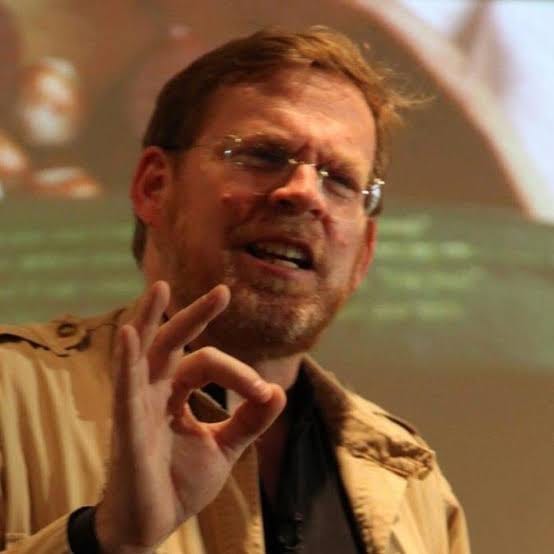
This dude was A+OK in my book. Yeah you knew Jobs, yeah you knew Minsky, but did you ever know even the name of the guy who convinced me to become a programmer? Rest In Eternal Peace. #RIP

Before going to space, should we solve the problems here, on Earth?
Whenever we speak about human presence in space to a general audience, and quite often when we talk with specialists as well, we have to hear the Great Objection:” Before going to space, we have to solve our problems here, on the Earth”.
As soon as we reason about it we understand that the Objection is in fact a general dialectic scheme, which consists in changing the topic, pretending that the alternative is more important and urgent and so avoiding to reply to what the speaker has said. In short, it is a sort of quite-another-ism: “The problem is quite another, the cause is quite another…”.
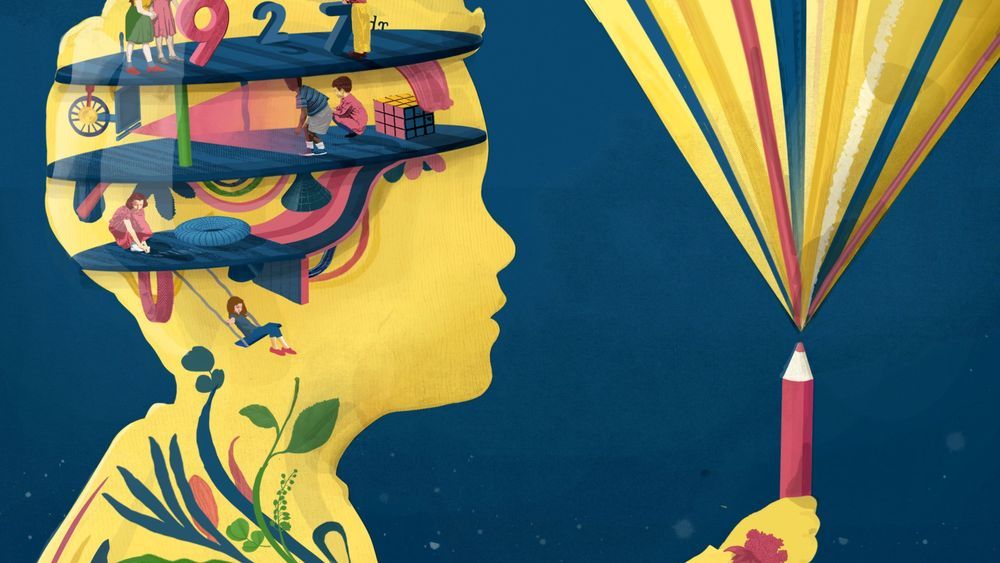
Rich experiences—from play to the arts and relationships—fundamentally shape a young child’s development.
By Rishi Sriram

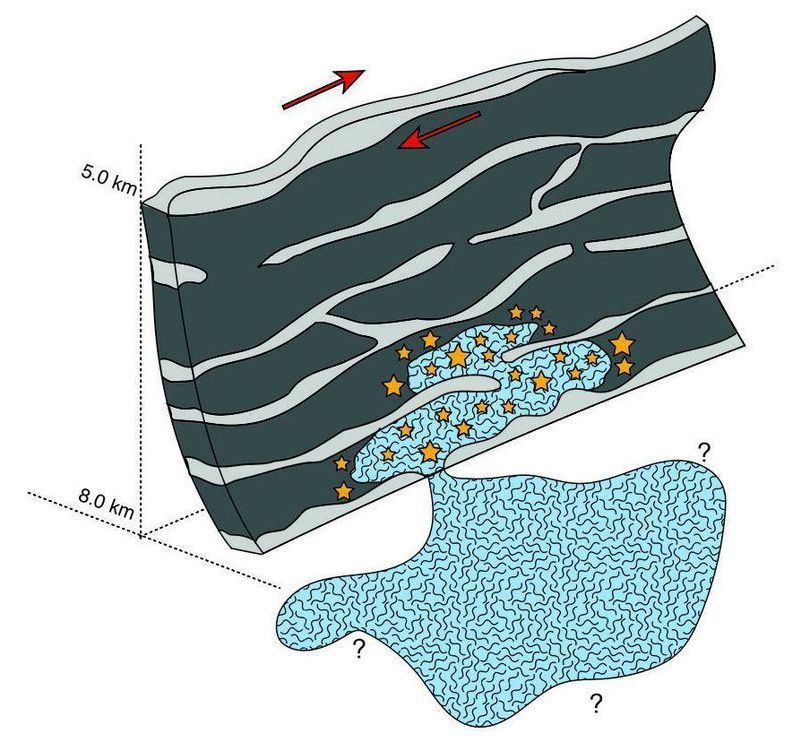

SpaceX has at long last transported its fifth full-scale Starship prototype to a nearby launch pad, kicking off a week of busy pre-test preparations while the sixth rocket is already nipping at its heels.
Starship SN5’s move to the pad ends the longest gap between full-scale prototype testing since Starship Mk1 was destroyed in November 2019, a partially-expected failure that began a more than three-month period of infrastructure upgrades. The first upgraded Starship (SN1) rolled to the pad on February 25th, followed by SN3 on March 29th and SN4 on April 23rd, indicative of a fairly consistent monthly cadence of Starship production (and destruction).
Almost exactly two months after its predecessor headed from the factory to SpaceX’s Boca Chica, Texas launch facilities, Starship SN5 has taken its place on a brand new launch mount. The cause of that month-long delay is fairly simple. When Starship SN4 exploded on May 29th, it damaged the existing launch mount and some additional ground support equipment (GSE), forcing SpaceX to scrap the destroyed mount and build a new one from scratch. In a matter of weeks, SpaceX’s crack team of pad engineers and technicians have done exactly that.
